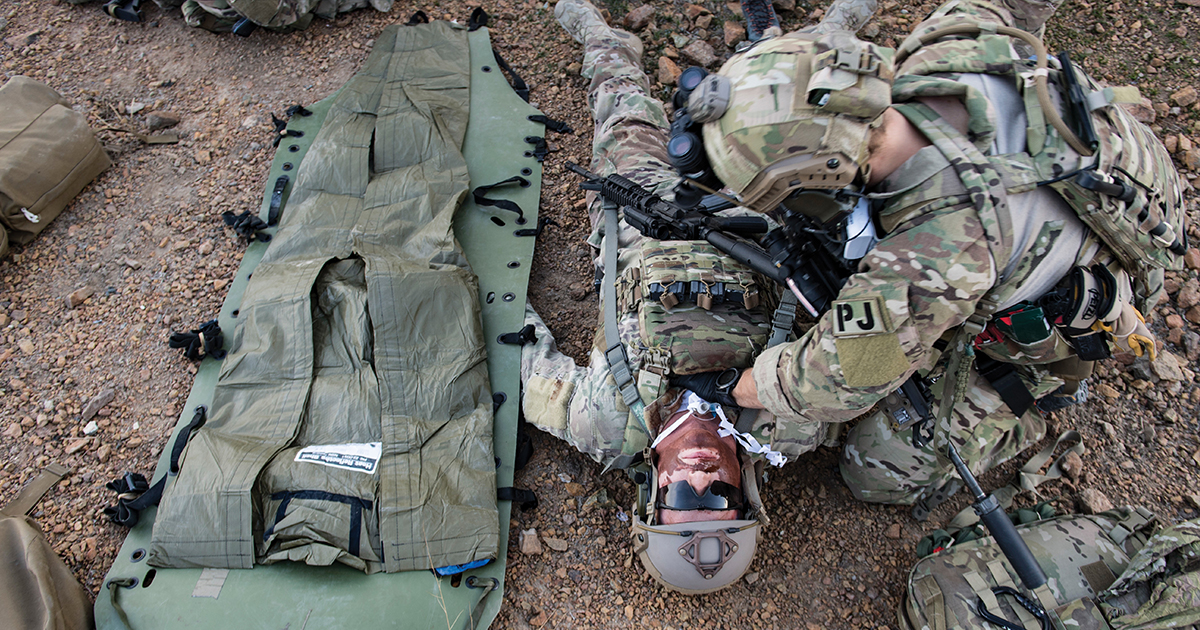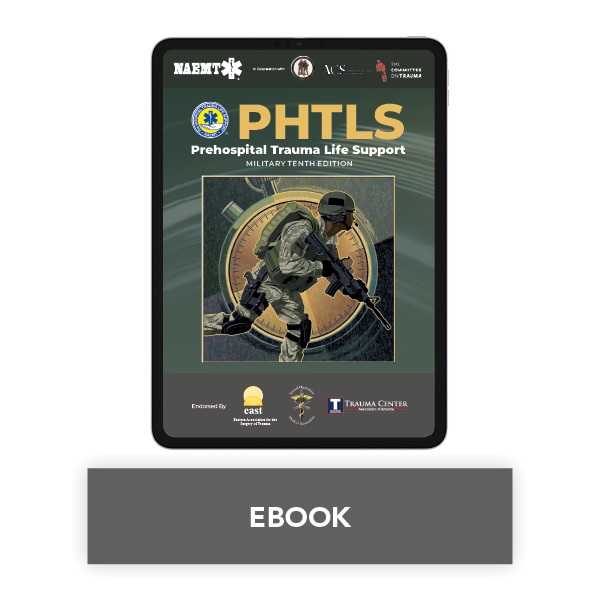The Impact of Whole Blood Use on Military and Civilian Resuscitation Practices

The use of whole blood in casualty resuscitation has revolutionized trauma care, particularly in military settings. This life-saving approach, honed on the battlefield, is now paving the way for transformative advancements in civilian emergency medical services (EMS).
Public Safety Group sat down with Navy Captain (Ret.) Dr. Frank Butler to discuss the evolution and importance of whole blood in casualty resuscitation. Dr. Butler is a Navy SEAL who was the architect of Tactical Combat Casualty Care (TCCC) and is an author of the National Association of Emergency Medical Technicians (NAEMT)’s PHTLS: Prehospital Trauma Life Support, Military Tenth Edition. He recently received the Presidential Citizens Medal for his role in TC3.
A Historical Look at Whole Blood Resuscitation
The use of whole blood for resuscitating casualties dates back to World War I, where it was known to be the most effective method. However, the post-war period saw a shift towards plasma, primarily due to logistical convenience, despite its inferior efficacy. Although whole blood transfusions saved more lives, they required a complex system for the collection, transportation, and refrigeration of blood. This oversight was noticed during World War II when American casualties receiving plasma fared worse than their British counterparts who were administered whole blood. It took the intervention of media and persistent advocacy by military surgeons like Dr. Edward Churchill to revert to whole blood usage.
Despite these lessons, history repeated itself during the War in Afghanistan. Dr. Butler notes that this lesson had to be relearned the hard way.
“Unhappily, after World War II we again forgot that whole blood was the best thing to use. And when we went to war in Afghanistan, nobody in the US military prehospital was carrying blood to use to resuscitate casualties. They were carrying colloids and crystalloid fluids, which just don't work as well,” he said.
Through the efforts of leaders such as Colonel Andre Cap, Colonel Don Jenkins, and Colonel John Holcomb, the military gradually returned to whole blood, recognizing its superiority over component therapy and crystalloid fluids.
The Military's Commitment to Whole Blood
Today, the military's commitment to whole blood is backed by extensive research and evidence-based clinical practice. Studies conducted by military medical professionals, including Colonel Stacy Shackelford and Colonel Jennifer Gurney, have demonstrated that early administration of whole blood significantly improves casualty outcomes.
Dr. Butler emphasizes this research, stating that the sooner whole blood is administered to someone in shock, the better the survival rates and recovery outcomes.
“If somebody's in shock and you wait an hour or two to start their fluid resuscitation, that's nowhere near as good for them as if you start their fluid resuscitation right away. It makes common sense, but it wasn't documented until those papers came out. And so now the push is to give it, to have prehospital medics and prehospital people in the civilian sector as well carrying at least a couple of units of low titer O whole blood.”
O-blood is a universal donor product, and it can be administered to any casualty without the risk of a major hemolytic reaction, making it an ideal choice for immediate resuscitation in combat scenarios.
Linking Military and Civilian EMS
Although military and civilian EMS operate in different environments, their goal of saving lives remains the same, making the military's advancements in trauma care relevant to civilian contexts. For civilian EMS program directors, understanding the military's journey and current practices is essential. While TCCC is designed for combat medics, the principles and practices it encompasses are highly relevant to civilian EMS, where EMTs, advanced EMTs, and paramedics face similar life-saving challenges.
One reason civilian EMS should pay attention to the military's use of whole blood is its proven efficacy in trauma care. The military's success in using whole blood to treat severe trauma in combat situations shows its potential effectiveness in civilian scenarios, such as car accidents or mass casualty events, where rapid and effective resuscitation is critical. By adopting whole blood, civilian EMS can potentially improve outcomes for patients experiencing severe hemorrhagic shock.
Dr. Butler points out that by having access to military advancements and research, medical directors in the civilian sector can make informed decisions on what standards of care to implement when treating patients.
"Each EMS system makes its own decision about each lifesaving intervention. So, you could have an EMS system that uses tourniquets but doesn't use prehospital whole blood. And it's important for those medical directors on both sides to look at the evidence that supports prehospital whole blood before they make a decision not to use it,” he said.
Understanding the Rationale Behind Medical Practices
PHTLS: Prehospital Trauma Life Support, Military Tenth Edition draws on the military's TCCC and details the rationale behind prehospital whole blood use and other lifesaving interventions. It addresses not only the “what” of combat care, but the “why.” Dr. Butler notes that understanding the rationale behind medical interventions allows directors to implement the most effective strategies to save lives.
"If you're a military EMS director, it's absolutely imperative that you read this edition. It helps you understand why you're using prehospital whole blood, why you're using combat gauze, which intraosseous (IO) access device to use, and which tourniquet is best... If you are a civilian medical director, it seems to me that it would be imperative for you to be able to make an informed decision," he said.
PHTLS: Prehospital Trauma Life Support, Military Tenth Edition also serves as a valuable resource for civilian EMS directors, offering a comprehensive overview of the tools and techniques employed in military settings. While not every aspect of TCCC is applicable to civilian scenarios, this edition gives trainers what they need to ensure their medics are equipped with the latest knowledge and skills, leading to more effective trauma care and improved patient outcomes.
PHTLS: Prehospital Trauma Life Support, Military Tenth Edition
Developed by the National Association of Emergency Medical Technicians (NAEMT) in cooperation with the American College of Surgeons Committee on Trauma (ASC-COT), PHTLS Military Tenth Edition reflects current, evidence-based knowledge and practice and promotes critical thinking as the foundation for providing quality care.
Request More Information
